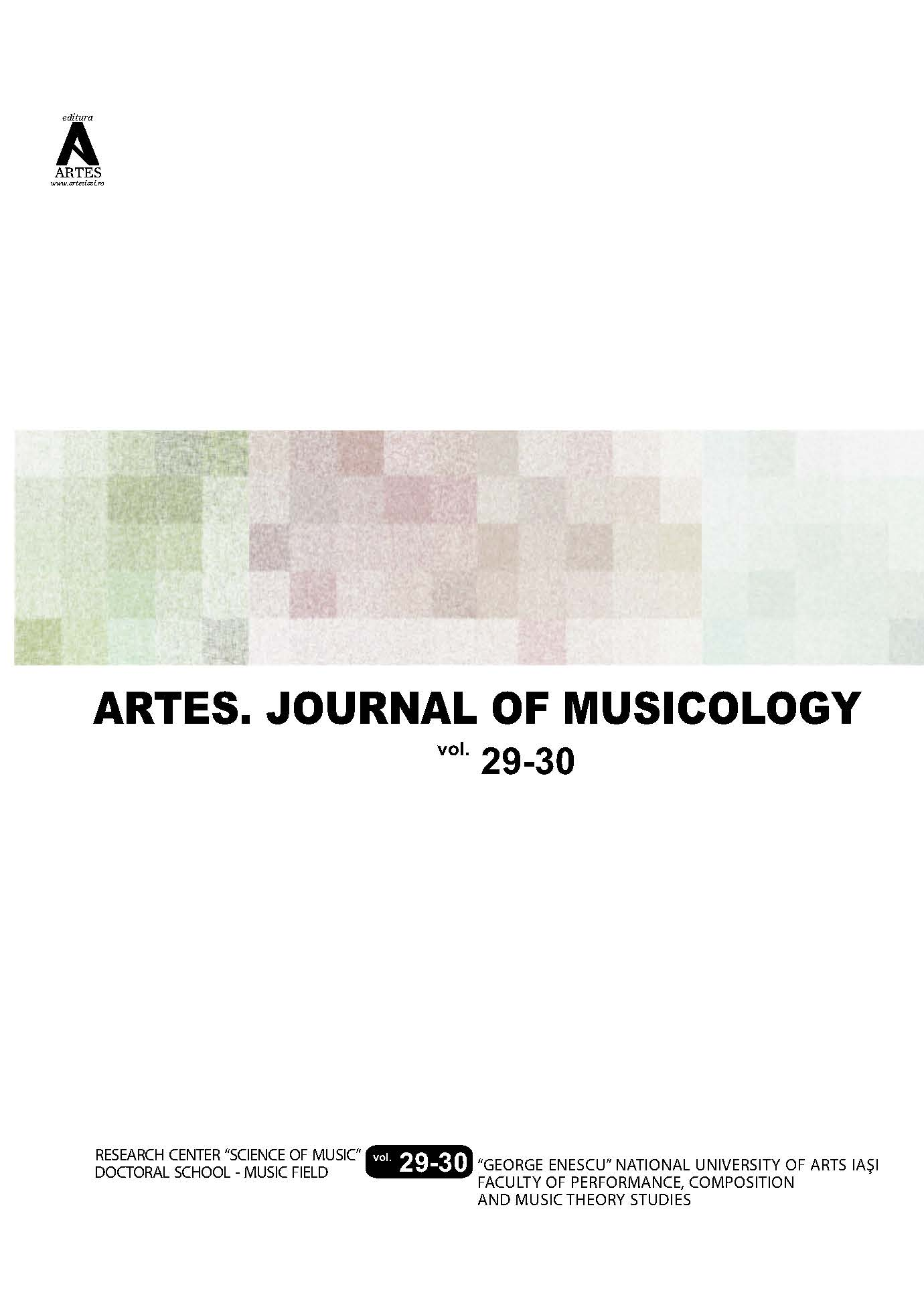About the Journal
ARTES. JOURNAL OF MUSICOLOGY publishes research studies in major fields of musicology: Music History, Music Theory, Music Analysis, Musical Aesthetics, Ethnomusicology, Musical Byzantinology, Theory of musical performance.
Conceived as a volume of studies in the theory of art (music, theatre, fine arts), the 1st issue of ARTES magazine was published by the "George Enescu" University of Arts in Iaşi in 1996. Starting with the 4th issue, the thematic profile of the magazine has become exclusively musical. Its contents and frequency of appearance have been closely related to the National Musicology Symposium "The Science of Music" (organised, beginning with 1997, by the "George Enescu" University of Arts), to the National Musicology Symposium "Identity and stylistic contexts in Romanian musical works" (initiated by the same institution in 2007), to the International Byzantinology Symposium initiated in 2008 and to the objectives of Research centre "The science of music", accreditted by CNCSIS in 2004.
Beginning with the 11th issue, magazine ARTES has become bilingual and published in the languages of Romanian and English. The topic areas have extended to research in Byzantinology, while beginning with the 15th issue the magazine was renamed to Artes. Journal of Musicology.
Artes. Journal of musicology has been indexed in CEEOL (Central and Eastern European Online Library) and ERIHPLUS (European Reference Index for The Humanities and Social Sciences)
Current Issue

Laura-Otilia Vasiliu, Professor PhD
Editor-in-chief
